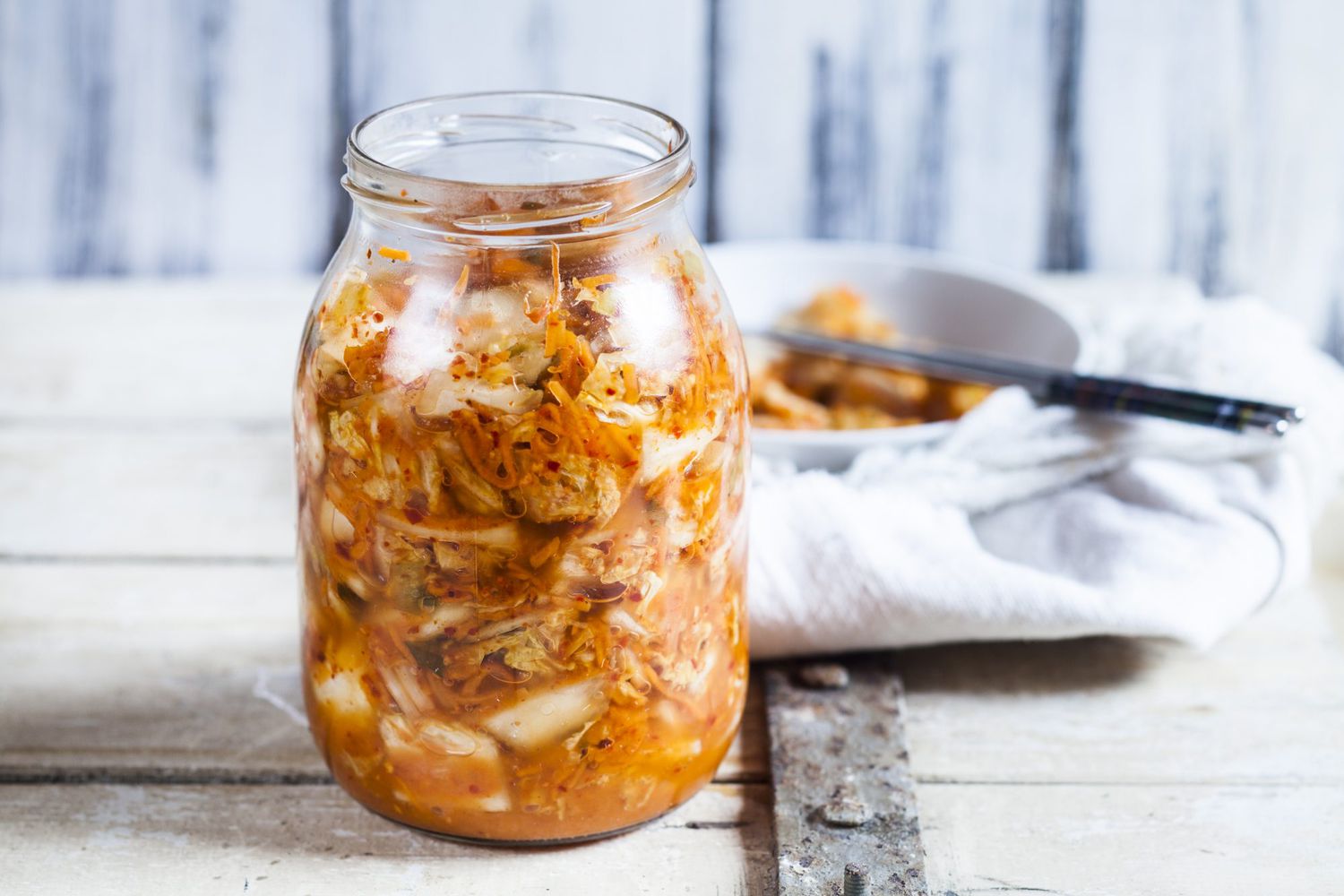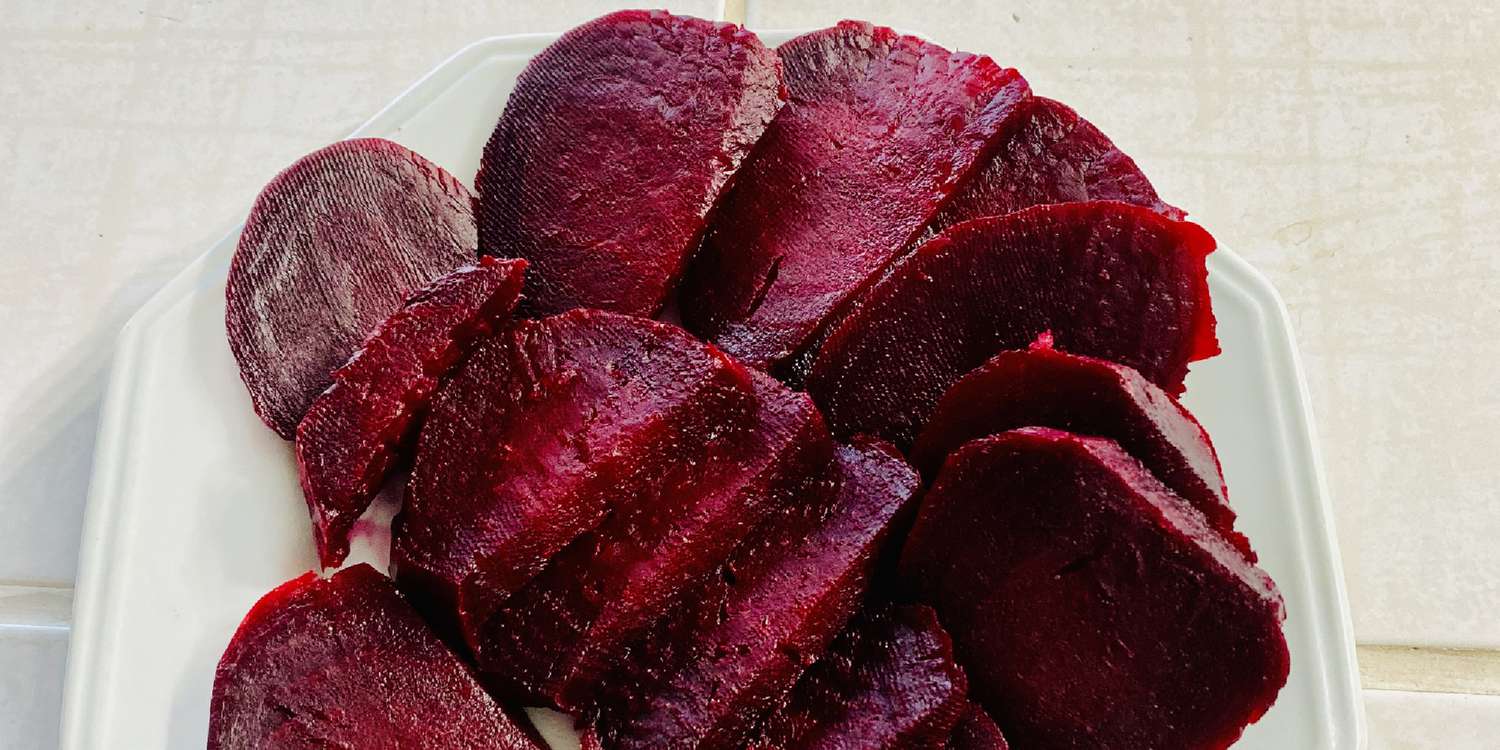One trip to the grocery store and you’re quickly reminded that probiotics, one of the latest trends to hit the wellness industry, are everywhere. The probiotic message seems to be sinking in: Foods rich in these bacteria can provide a bounty of benefits for your gut health. From supplements to probiotic shots, the market is expanding as consumers are taking seriously the potential link between the microbiome (that is the organisms living in your body) and overall health.
But we cannot talk probiotics without mentioning the foods that are naturally rich in them: fermented foods. Before the ease of modern refrigeration techniques, cooks used fermentation to preserve foods. Fermentation is the chemical process of breaking down sugars in foods (by bacteria and yeast) to keep them for longer periods.
Today, fermented foods that contain live cultures of microorganisms, AKA probiotics, are all the rage for the health benefits they possess. Probiotics are essential for improving gut health and the process of digestion. A recent review published in Current Pharmaceutical Biotechnology indicates that there may also be links between the use of probiotics and the prevention of anxiety and depression.
Fermented Foods and Probiotics
The probiotics present in fermented foods vary from one food to the next. The most common, however, are the micro-organisms that belong to Lactobacillus, Saccharomyces boulardii, and Bifidobacterium groups.
But, before you go and purchase some beer and wine (they are fermented, after all) in the hopes of increasing your probiotic intake, know that probiotics may not be present in all fermented foods. According to Harvard Health Publishing, beer and wine remove the probiotics before bottling. High heat during baking and canning inactivates micro-organisms, as does pickling with acids like vinegar.
Incorporating fermented foods into your diet is a no-brainer. They help keep your gut healthy, which, in turn, can alter your mood and may even stop the onset of neurodegenerative diseases like Alzheimer’s and Parkinson’s. Just be sure to look for labels that state they are naturally fermented or contain live cultures (as is the case for yogurt).
11 Probiotic-Rich Foods That Aren’t Yogurt
From the live culture of micro-organisms that turn milk into yogurt to the natural fermentation of cabbage into kimchi, here are 10 foods that are naturally rich in probiotics.

1. Tempeh
Tempeh is a common meat-substitute made from soybeans that have been cooked and fermented. The cooking process turns tempeh into dense cakes that can be sliced into strips or cut into cubes, perfect for grilling or sautéing.
Though tempeh is known primarily for its nutty flavor, chewy texture, and ability to absorb marinades, its real benefits lie in its nutrient content. According to the USDA, a 200-calorie serving of tempeh offers 21.1 grams or 42 percent of the Daily Value of protein. It is also rich in minerals like potassium, iron, and magnesium, and contains all nine essential amino acids, making it a complete vegetable protein source.
Try This Tempeh Recipe: Tempeh BLT (TLT)

2. Miso
You know the umami flavor you experience eating a bowl of miso soup? That’s all thanks to miso paste, a fermented paste made from barley, soybeans, or rice. According to research, miso contains approximately 10² to 10⁷ colony forming units (CFU) per gram of probiotics, making it an excellent naturally-occurring dietary source of the good gut bacteria.
Miso is typically used in soups and salads but can be used in seafood and meat marinades. Just remember, a little goes a very long way.
Try This Miso Recipe:Miso-Glazed Skirt Steak

3. Yogurt
Perhaps one of the most known sources of probiotics, yogurt is made by the process of fermenting milk. Look for store-bought yogurt that has the “live and active cultures” label as this indicates the yogurt is rich in gut-friendly micro-organisms.
Fermented milk products like yogurt often contain less lactose than whole milk, and are better suited for those with lactose-intolerance, explains the USDA. Today, yogurt can even be made from non-dairy milk like coconut milk or almond milk.
Try This Yogurt Recipe:Authentic Homemade Yogurt

4. Kefir
A fermented milk beverage, kefir is made by adding colonies of bacteria called kefir grains into either cow’s milk or goat’s milk. Originating in Eastern Europe and certain parts of Southwest Asia, the micro-organisms present in kefir turn lactose into lactic acid, resulting in the similar sour taste of yogurt, but with a more liquid consistency.
And, according to a recent review published in Frontiers in Microbiology, kefir contains up to 61 different species of bacterial and fungal species. This makes it a much better source of probiotics than yogurt.
Try This Kefir Recipe: Kefir Chocolate Chip Pancakes

6. Buttermilk
Originally, buttermilk was formed as a byproduct of the butter-making process. The liquid left behind after churning butter was left to come into contact with the bacteria present in air, resulting in lactose sugars in milk being converted into lactic acid.
Today, however, buttermilk is made by adding a bacteria culture to nonfat or low-fat milk. The result is a tart, fermented liquid that’s thicker than milk. Buttermilk can be used to lighten pancake batter and is the secret ingredient in coleslaw responsible for its creaminess and tangy flavor.
To be sure that you’re getting buttermilk that is rich in probiotics, be sure to pick a container with an “active cultures” label.
Try This Buttermilk Recipe: Homemade Buttermilk

7. Cheese
Certain cheeses can be a source of probiotics, especially if they’re made from unpasteurized milk. For cheese made or imported into the United States, the FDA mandates that it must use pasteurized milk, which kills off the resulting cheese’s probiotic benefits.
Unpasteurized milk is only allowed if the cheese is then aged for 60 days. Aged cheeses like Parmigiano Reggiano, cottage cheese, or any artisanal cheese at your local farmers’ market (if made from raw milk) are rich in microorganism cultures that enhance the gut’s microbiome.
Try This Fermented Cheese Recipe:Cottage Cheese Salad With Egg and Radish

8. Kimchi
Kimchi is a Korean side dish made by fermenting vegetables (cabbage is most common) with several spices and herbs in an airtight container for a few days or up to a week. This popular fermented food is known for its pungent aroma, spiciness, and for being rich in probiotics.
The process of lacto-fermentation results in the resident micro-organism culture to break down the sugars present into lactic acid, which increases the shelf-life of the vegetables by preserving them.
Try This Kimchi Recipe: Kimchi Pancakes

9. Sauerkraut
Sauerkraut, which is the European version of kimchi, is made by fermenting cabbage. An essential part of German cuisine, traditionally sauerkraut, was made by the process of dry curing cabbage with salt. The resulting mixture was left to ferment anywhere from a few days to a couple of weeks.
Today, you’ll find canned sauerkraut and sauerkraut made by pickling cabbage in vinegar. While these are both delicious options, they do not offer the same gut-healthy benefits as the dry-cured sauerkraut. The process of canning kills the probiotics present, as does the use of an acid like vinegar.
Try This Sauerkraut Recipe: Sauerkraut Salad

10. Pickles
Just like with sauerkraut, for pickles to provide probiotic value to your gut, they need to be soaked in a saltwater brine. Saltwater, unlike vinegar, does not stop the growth of microorganisms during the fermentation process.
Used as a method of preserving food for thousands of years, making pickles at home is a simple task. And, you don’t need to use just cucumbers when pickling — carrots, corn, and even apples can all be turned into pickles.
Try This Pickle Recipe: Sweet Dill Pickles

11. Kombucha
Kombucha is an effervescent tea that’s made by fermenting either black or green tea with SCOBY (a symbiotic culture of yeast and bacteria). With a tang similar to that of vinegar — the process of making kombucha is very similar to that of the vinegar-making process — kombucha is typically sold in a variety of herbal and fruit flavors.
You can also make this fermented drink at home; make sure that the SCOBY you’re using is healthy with these three tell-tale signs.
Try This Kombucha Recipe: Kombucha Hot Buttered Toddy
Related:
- Your Ultimate Guide to Fermenting
- How to Make Wine at Home
- Why You Need Prebiotics with Your Probiotics




